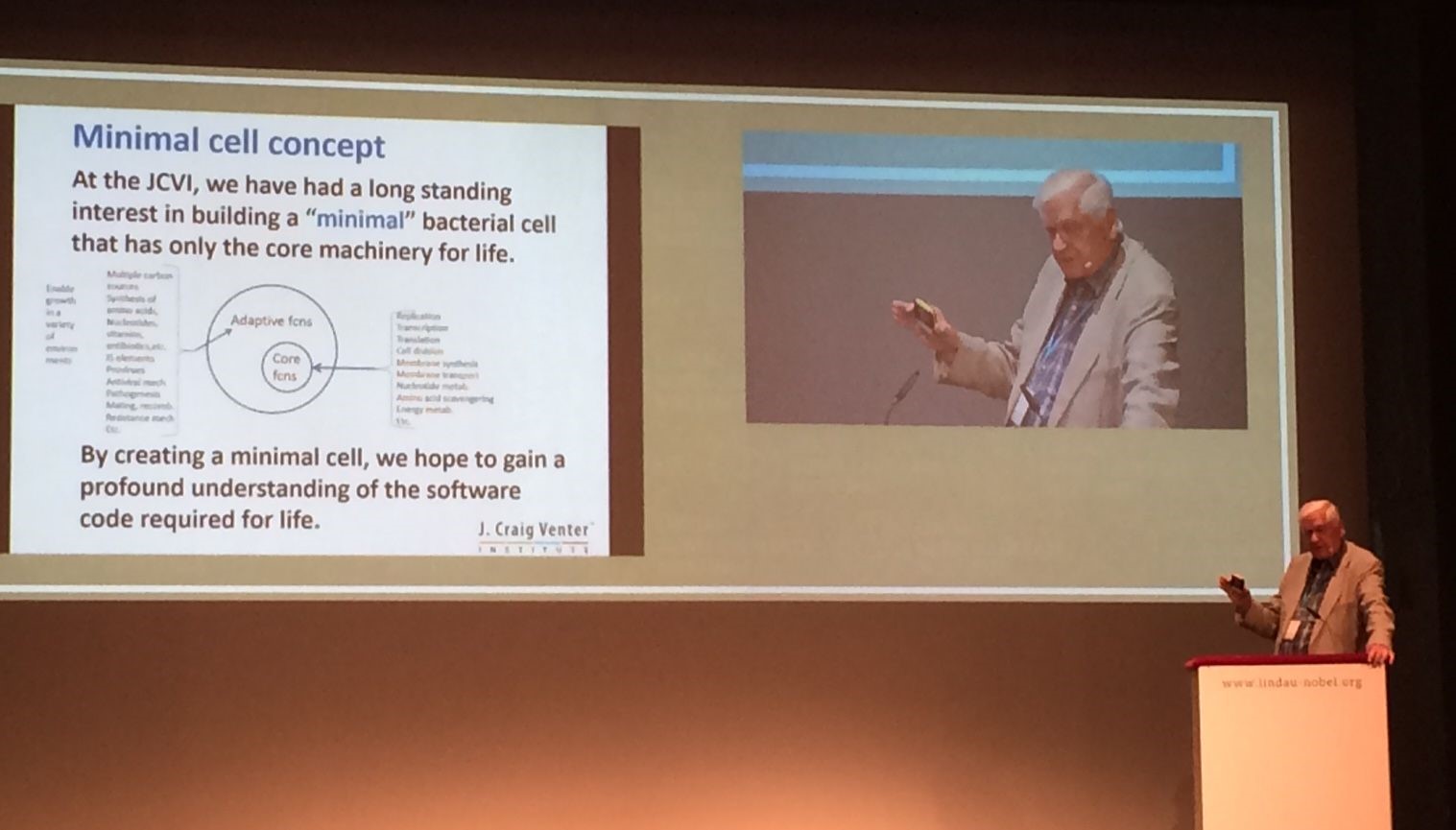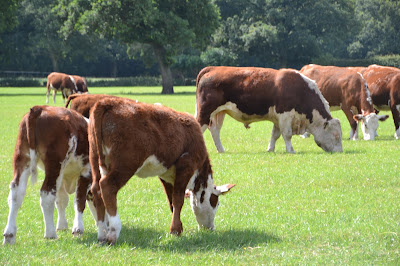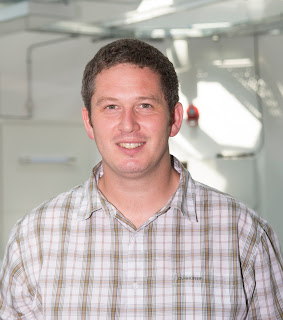The Naked Scientist
Riccardo Ressa from St. Mary’s College recently attended the Sutcliffe Kerr lecture by Cambridge University's Dr Chris Smith, who presents BBC radio's '5 live Science' programme and hosts the Naked Scientists Podcast. Here he reports on his experience.
Science can be very confusing. With its long words and complicated theories, at first glance it seems that it is not for everyone. That is where Dr Chris Smith comes into play - you may know him as the presenter of the weekly podcast ‘The Naked Scientists’. He excels in making science appeal to the masses through some experiments wacky enough to make anyone pay attention, yet some so simple they can be replicated with ease at home. Thanks to an event supported by the Walton Centre, as well as the University of Liverpool Institute of Infection and Global Health, Dr Smith was able to share some of his wonderfully wacky investigates.
For example, if you tied two
pieces of string to an oven shelf, wrapped the strings around your fingers, put
your fingers in your ear and got someone to strike the oven shelf, the ringing
noise would be much deeper than it would have been by just striking the shelf. With
this simple experiment that can be done by anyone, Dr Smith was able to
demonstrate that sound waves travel differently through air than through a
solid.
Another simple demonstration
that can be done without too much hassle at home is to create a microscope
powerful enough to see the outline of tiny creatures in water. This doesn’t
require expensive lab equipment or an expansive setup; all that is needed is a laser
pointer (the red one on the back of those pointer pens works pretty well), and
a drop of water from your nearest pond or even pot-hole in the road. By
suspending a drop of water from a syringe or even a piece of string, and shining
the laser through it onto a white background will reveal little shadows that
zip around on their own accord.
However, not all of the
experiments can be replicated at home. The ability to launch your self into the
air from just a fart is something children have been discussing and laughing
about for years, admittedly the thought of that also had a room full of
teachers and sixth formers in stitches for minutes! This question was not just
plucked out of thin air, it was a genuine question that someone wrote to The
Naked Scientists show, and the researchers duly oblige; after all, there’s no
such thing as a bad question. After extensive research, which included how much
a fart actually weighed, it turns out that you would need to fart at 17,000
km/s in order to gain lift-off. Unfortunately, the amount of beans needed to achieve
this was not calculated!
One experiment that could be
replicated at home, but would require a lot of effort and a serious sweet tooth
is to make your own chocolate teapot. Now, despite the saying ‘as useless as a
chocolate teapot’, it turns out that if you make the teapot thick enough, (around
2cm or thicker), it will withstand the heat for one pot of tea!
Not all of the Naked
Scientists experiments are serious, in-fact most have a comedic aspect to them,
yet all of them leave you wanting to know more, as well as inspiring you to ask
more questions.




























